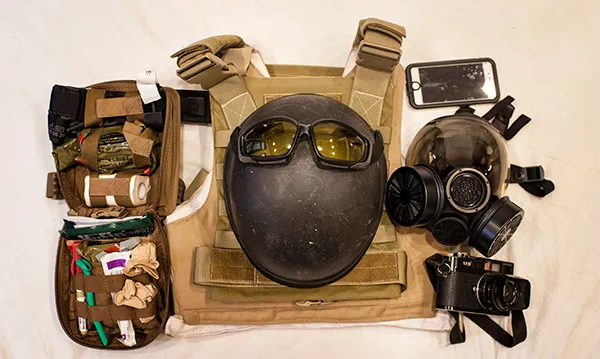Recommendations

The Committee to Protect Journalists offers the following recommendations:
To governments
- Comply with international law by asserting and defending the rights of journalists to report on armed conflict, based on their status as civilians.
- Publicly condemn attacks on journalists as soon as they occur.
- Prosecute perpetrators who murder, attack, or threaten journalists, and report on progress to the requests for voluntary information from UNESCO’s director general.
- Follow U.N. recommendations on the safety of journalists, including implementation of the U.N. Plan of Action on the Safety of Journalists and the Issue of Impunity, and the creation of national protection mechanisms in countries with high rates of journalist killings.
- Lift restrictions on personal protective equipment for journalists and media professionals.
To media companies
- Sign and implement the ACOS Alliance principles on safety of freelance journalists.
- Train editors and commissioning editors in how to work with and protect freelancers reporting in hostile environments.
- Pay freelance journalists fairly and on time, and reimburse expenses promptly.
- Provide free or subsidized HEFAT places for freelancers.
To journalists
- Research the risks on every assignment and follow international news organization best practice in planning and preparing for hostile environment reporting.
- Take a HEFAT course and keep your training current.
- Acquire assignment-appropriate safety and communications equipment and insurance.
- Provide local journalists and fixers you hire with the necessary safety equipment and training to ensure their safety.
- Secure your devices with strong passwords and encryption, and use encrypted communication tools.
- Cooperate with other journalists to promote safety, even in competitive environments.
To journalist safety trainers
- Work with the news industry and freelancers to agree on a minimum standard for training courses.
- Take local context and gender into consideration when planning and delivering training courses.
- Include physical, digital, and psychological components in all journalist safety courses.